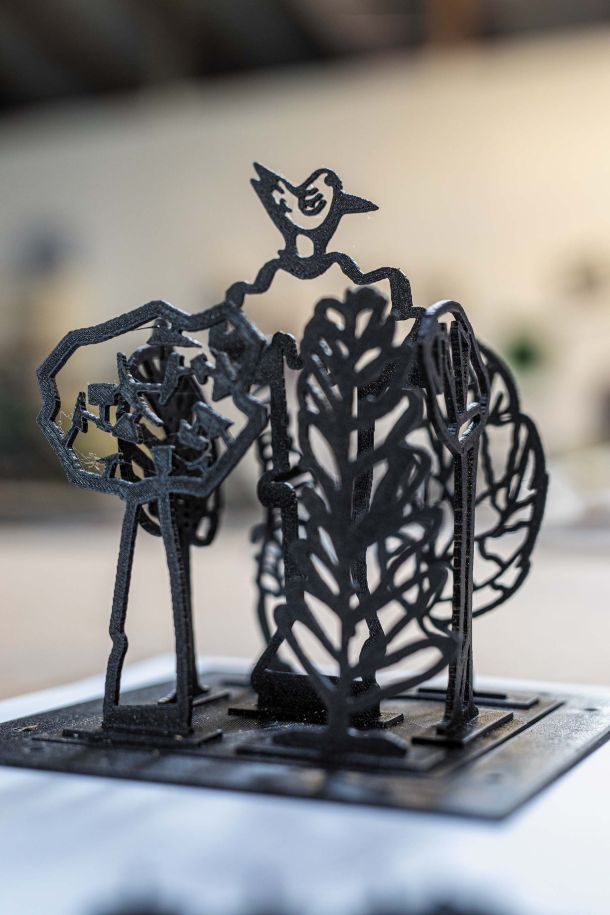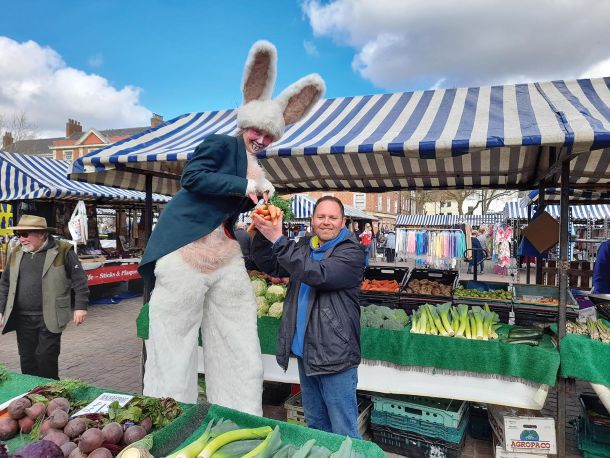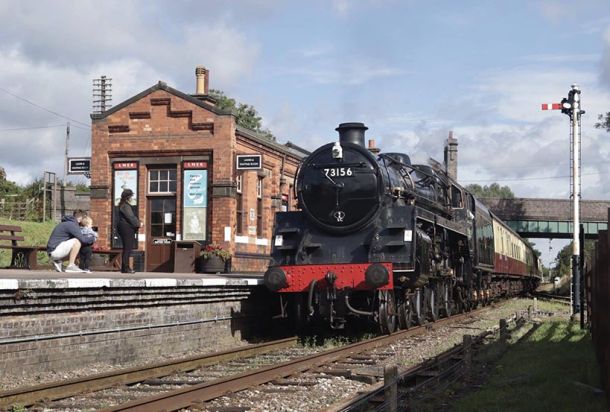Humanity & The Holocaust
Fondly known as Beth Shalom (the House of Peace), the National Holocaust Centre and Museum can be found in the sleepy village of Laxton in the heart of Nottinghamshire. The brainchild of James and Stephen Smith along with their mother Marina – following their own visit to Yad Vashem, Israel’s national Holocaust museum – they believed that something similar should be created here in the UK.
The family who are dedicated Christians, were stunned by the information they were given during that trip, and with their lives effectively changed as a result, they were determined to create a space that could provide teaching and learning and a wider awareness of the atrocities carried out during the Holocaust across Europe.
After many years of fundraising and hard work the Smith family were able to transform their family home, which already served in part to a christian retreat, into a purpose designed reflective space to learn about and remember the actions, victims and survivors of the Holocaust. Today, the centre holds two permanent exhibitions, education and teaching space, viewing galleries, a memorial area, and beautiful memorial gardens. The Smith family are delighted that it also is the only museum exhibition dedicated to teaching younger children about the Holocaust, and today welcome children from schools all across the country, all year round.
The Smith family have struck the right balance, providing a warm and welcoming atmosphere for anyone who walks through the doors and a soothing sanctuary in their memorial gardens, perfect for reflection. They have designed the centre in a way that of course is hard hitting as it takes you on a journey through the years in the run-up to the Holocaust, the sheer atrocities that were carried out during the time, and ending with stories that are both devastating and uplifting from survivors. Finally, the UK has somewhere that has given survivors a voice. A voice to recount memories and the horrors of the time and some stories of love and hope and even families reunited.
Throughout the museum the sombre nature of the centre delivers a punch in the enormity of deaths and the scale of destruction, devastation and suffering that transcended across Europe between 1933 and 1945.
Visitors can expect a hard-hitting video when they first enter the museum which sets the tone for the exhibition, but everything is beautifully delivered in a way that cherishes the lives of those who suffered and honours the survivors and their families. From original artefacts and photography, through to interactive maps, visual boards, and scene setting rooms, the centre takes you on a journey of life for Jews and others that the Nazis identified as inferior or not pure. Visitors will learn about normal life before the Nazi campaign took shape, through to entrapment of millions in guarded ghettos, tales of escape or attempts to flee, facts on torture and torment, and detailed accounts of barbaric living conditions and restrictions during the time.
Of course, much emphasis is given, rightly, to the systematic ‘cleansing’ of these people through their mass killing in concentration camps and killing centres, which was the fate that awaited men, women and children from all across Europe.
For families, there are many ways to learn about this period in our history, and to understand how collectively peace, love and respect must prevail for the good of future generations. This is shown in a considered way that makes you take a step back aghast at how this could have possibly happened in our history and the shame we must all feel as humans, but also brings joy, hope and reflection as you listen to the stories of survivors delivered on videos and how they have managed to live the rest of their lives.
The centre also has a small café and a gift shop and encourages people to not only visit the centre but to use the café and gardens as a reflective space in their own right. Over the course of the year a number of special exhibitions and events take place, including key speakers and visits from Holocaust survivors, and there is plenty of information on the website. Also, tickets are valid for a whole year, so you can visit again and again, which is handy when you want to see a specific event. All ticket revenue goes towards keeping the centre open.
A partnership with the Pears family through Sir Trevor Pears CMG and the Pears Foundation has also ensured that the centre can continue to exist and plays an integral role in keeping it running to its best.
National Holocaust Centre & Museum
For more information, open times and to book, please visit:
www.holocaust.org.uk






















